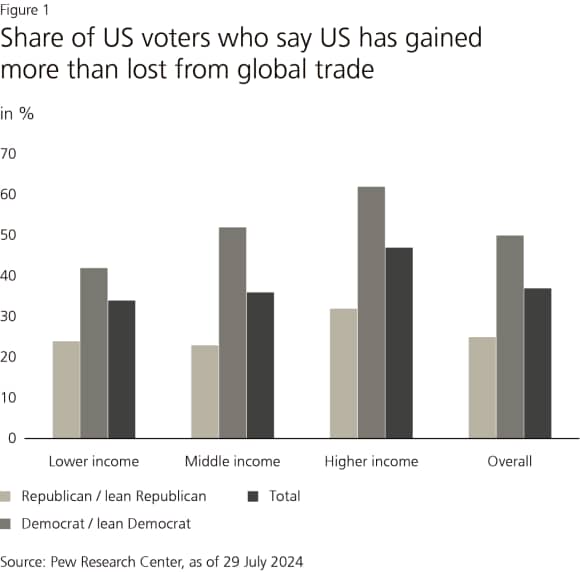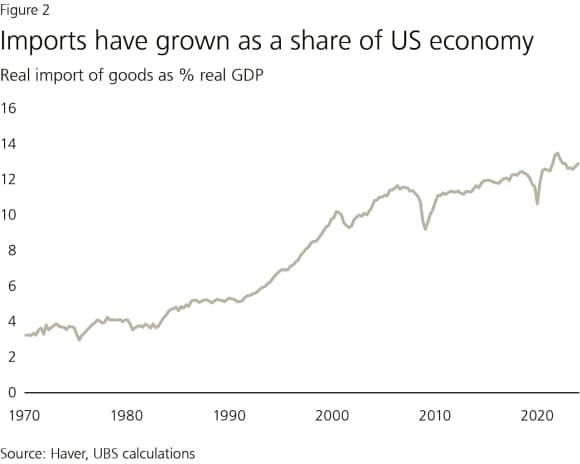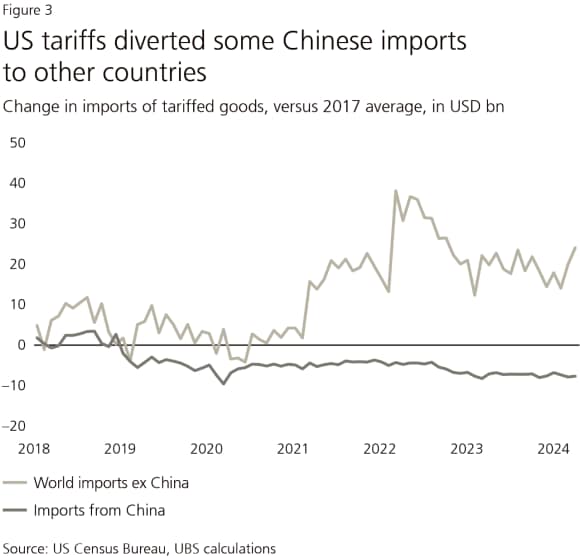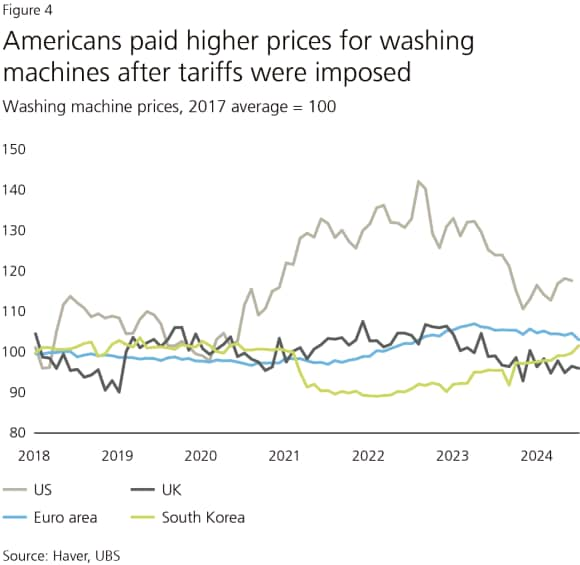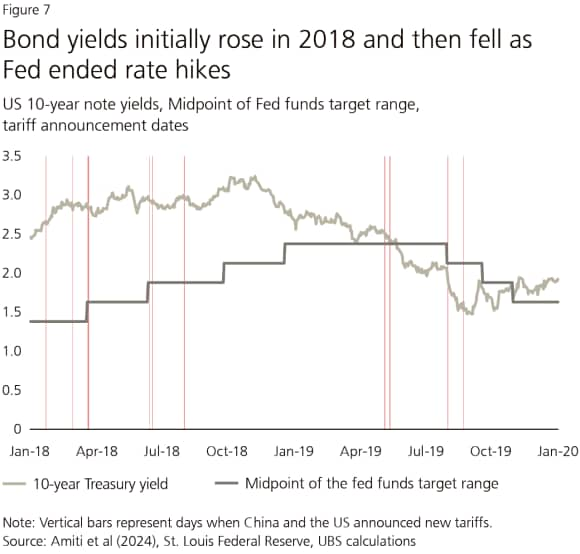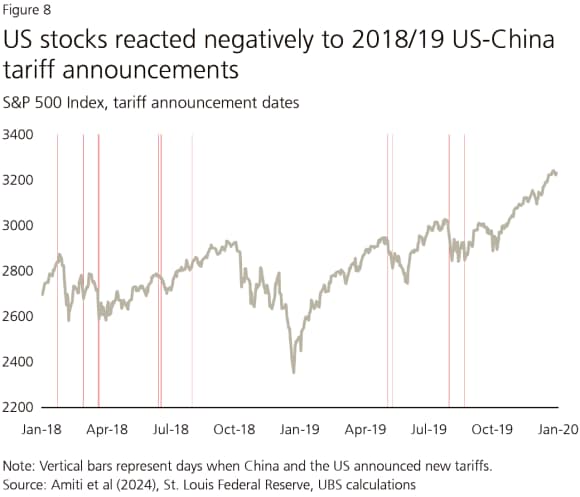US Politics and Policies
The economic and investment implications of higher tariffs
ElectionWatch 2024
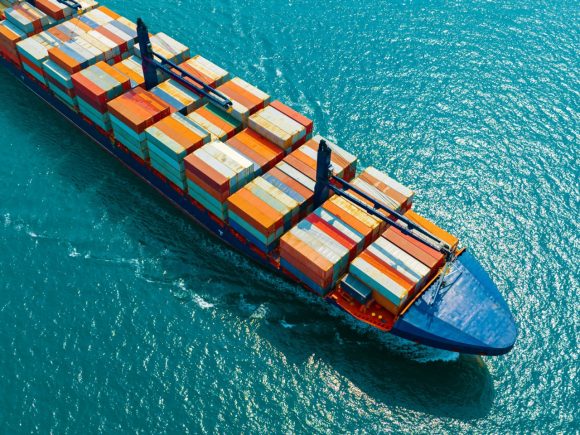
Introduction
Introduction
Protectionism is once again on the ballot in the 2024 US election. The choice: sharply higher tariffs—and potentially universal tariffs—under Trump, versus targeted, selective tariffs under Harris. Assessing the impact of any tariff policy on inflation and growth is challenging, given the complexity and changing pattern of global supply chains. As a general rule: the more extreme the tariff, the more stagflationary it is. We see a roughly 50% chance of a “gesture” policy, 40% of selective tariffs and a nearly 10% chance of sustained universal tariffs.
Under a universal tariff scenario, we would expect bond yields to decline and US equities to fall by around 10%, with the biggest impact on retailers, auto manufacturers, tech hardware, semiconductors, and parts of industrials. Beyond the initial risk-off shock, universal tariffs are likely negative for the US dollar. Uncertainty about the election outcome—and hence, any specific trade policy—remains high. Therefore, we discuss strategies to hedge risks.
Endnotes
Endnotes

